The Tour de France is the world’s most prestigious cycling race, attracting millions of global fans annually. Created in 1903 by Henri Desgrange, it remains a thrilling spectacle of endurance and skill.
A Brief History of the Tour de France
The Tour de France, established in 1903 by French sports journalist Henri Desgrange, is the world’s most iconic cycling race. Initially created to boost the popularity of Desgrange’s newspaper, L’Auto, it quickly became a national sensation. The first edition featured 60 riders, covering a grueling 2,428 kilometers in six stages. Over the years, the race has evolved, incorporating international routes and becoming a global spectacle. During World War II, the Tour was suspended from 1940 to 1946, resuming in 1947. Today, it stands as a symbol of endurance, attracting elite cyclists and millions of fans worldwide. The race’s rich history is marked by legendary riders and unforgettable moments, solidifying its place as cycling’s premier event.
Global Significance of the Tour de France
The Tour de France is a cultural and sporting phenomenon, captivating over 500 million viewers worldwide. It transcends cycling, becoming a symbol of human endurance and competition. The race showcases France’s diverse landscapes, promoting tourism and national pride. Globally, it unites fans, fostering a sense of community among cycling enthusiasts. The event’s economic impact is substantial, benefiting host regions through tourism and sponsorships. It also highlights technological innovation in cycling equipment. Beyond sport, the Tour de France is a platform for environmental and social awareness, aligning with global sustainability goals. Its legacy continues to inspire future generations, cementing its status as a universal icon of athleticism and determination. The Tour’s global reach ensures its enduring relevance in modern sports culture.
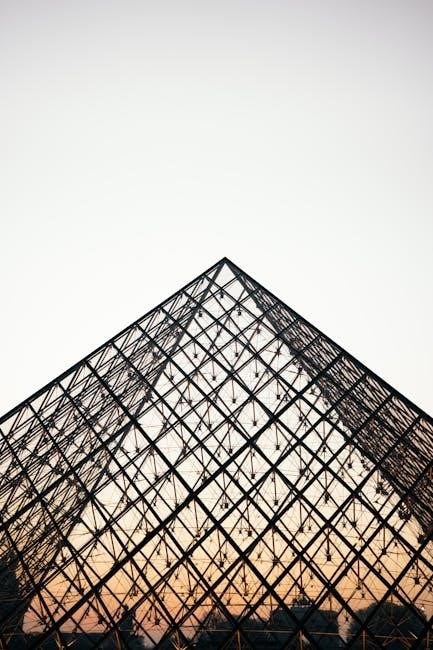
Understanding the Race Format
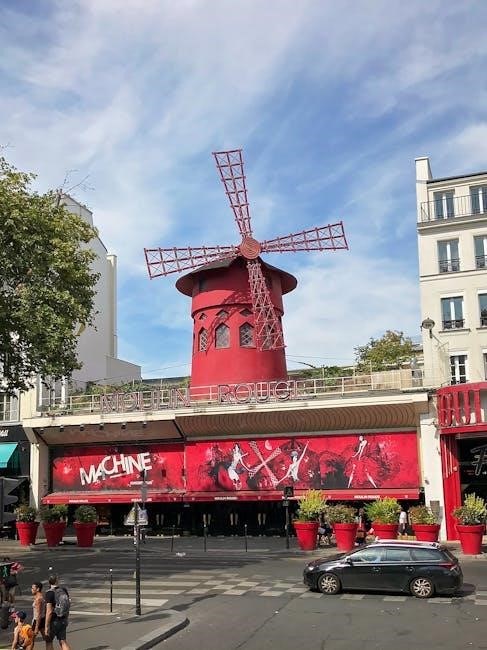
The Tour de France is a 21-stage, three-week race covering approximately 3,498 km. It includes diverse terrains, from flat roads to mountain climbs, across France and neighboring countries.
Stages and Routes of the Tour de France
The Tour de France consists of 21 stages, spanning three weeks and covering approximately 3,498 kilometers. The route varies annually but always concludes in Paris. Stages include flat roads, mountain climbs, and time trials, with some starting outside France. The 2024 edition began in Florence, Italy, and featured routes through France, Italy, San Marino, Monaco, and Spain. Each stage is timed, and the overall winner is determined by the fastest cumulative time. The race’s diverse terrains test riders’ endurance, climbing skills, and strategic abilities. The iconic final stage in Paris is a ceremonial ride, with the winner celebrated as the champion. The route’s design ensures a mix of challenges, from sprint-friendly flats to grueling mountain ascents, making the Tour a true test of cycling prowess.
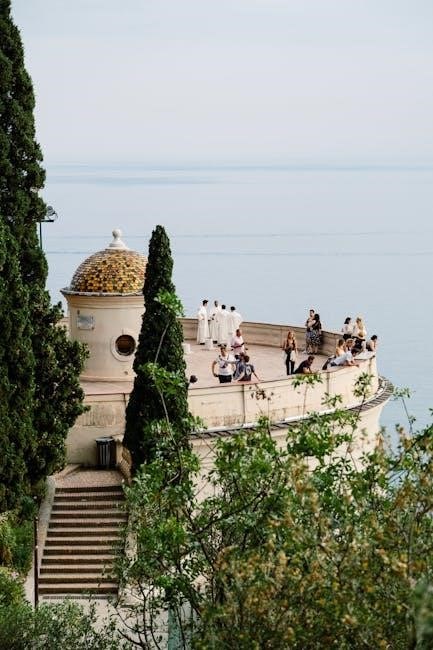
The Points System and Jersey Classifications
The Tour de France features a points system that awards riders in various categories, with distinctive jerseys symbolizing leadership. The Yellow Jersey is awarded to the rider with the fastest overall time, while the Green Jersey goes to the top sprinter, based on points earned in stage finishes and intermediate sprints. The Polka-Dot Jersey recognizes the best climber, with points awarded for reaching mountain summits first. The White Jersey honors the highest-placed rider under 26, and the Team Classification rewards the team with the lowest combined time. These classifications add depth to the competition, encouraging riders to excel in specific areas. The jerseys are updated daily, making each stage a dynamic contest for leadership and pride.
Competitors and Teams
The Tour de France features professional cycling teams, each with 8 riders, working together to support their leaders through roles like domestiques and climbers to achieve race goals effectively.
Notable Riders in the 2024 Tour de France
The 2024 Tour de France features a stellar lineup of cyclists, with Tadej Pogačar (UAE Team Emirates) and Jonas Vingegaard (Jumbo-Visma) as top contenders. Pogačar, a two-time winner, is in stellar form, while Vingegaard aims to defend his title despite a spring injury. Remco Evenepoel (Soudal Quick-Step) and Primož Roglič (Jumbo-Visma) are also strong rivals, bringing exceptional climbing and time-trial skills. Young talents like Carlos Rodriguez (Ineos Grenadiers) and Juan Ayuso (UAE Team Emirates) are dark horses, poised for breakthrough performances. Sprinters like Jasper Philipsen (Alpecin-Deceuninck) dominate flat stages, while climbers such as Giulio Ciccone (Trek-Segafredo) aim for the Polka-Dot Jersey. These riders promise an exhilarating race, blending experience and youthful ambition to captivate fans worldwide.
Team Dynamics and Strategies
Team dynamics in the Tour de France are crucial, blending individual talent with collective effort. Teams typically revolve around a leader, often a General Classification (GC) contender, supported by domestiques who shield them from wind, fetch supplies, and set pacing. Sprinters focus on stage wins, while climbers excel in mountain stages. Each rider’s role is defined to maximize the team’s overall success. Strategies adapt to race conditions, such as positioning sprinters for flat stages or protecting the leader in mountains. Communication is key, with riders coordinating through radios or signals to execute tactics like breakaways or chasing down rivals. Teams may prioritize stage wins or specific jerseys, balancing immediate goals with long-term race ambitions. This synergy between riders and staff is vital for overcoming the Tour’s grueling challenges and securing victory.
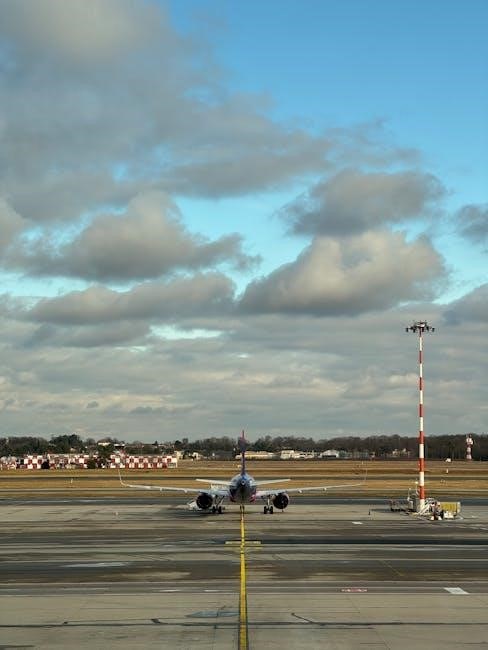
Cultural Impact of the Tour de France
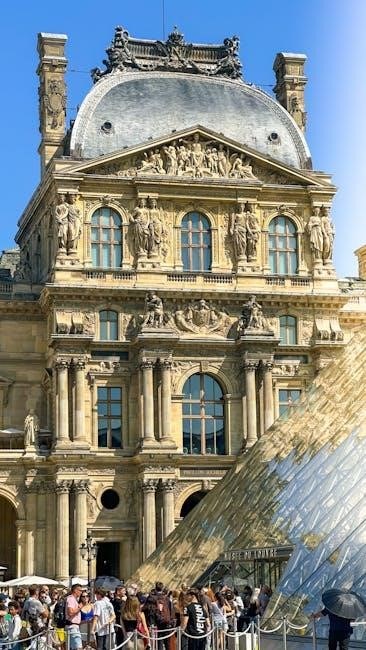
The Tour de France is a celebration of French heritage and global cycling culture, uniting fans worldwide through its iconic routes and festive atmosphere, symbolizing national pride and shared passion.
The Publicity Caravan and Fan Engagement
The Publicity Caravan is a vibrant procession of advertising vehicles that precedes the Tour de France stages, distributing freebies and creating a festive atmosphere. This spectacle engages fans, fostering excitement and community.
The caravan is a key part of the race’s cultural appeal, turning each stage start into a celebration. Fans gather hours in advance to enjoy the lively atmosphere and collect souvenirs.
This tradition enhances the Tour’s connection with its audience, making it more than just a race but a shared experience. The caravan’s presence also supports local businesses and promotes sponsors, adding economic value.
By blending advertising, entertainment, and interaction, the Publicity Caravan plays a vital role in the Tour de France’s enduring popularity and fan engagement.
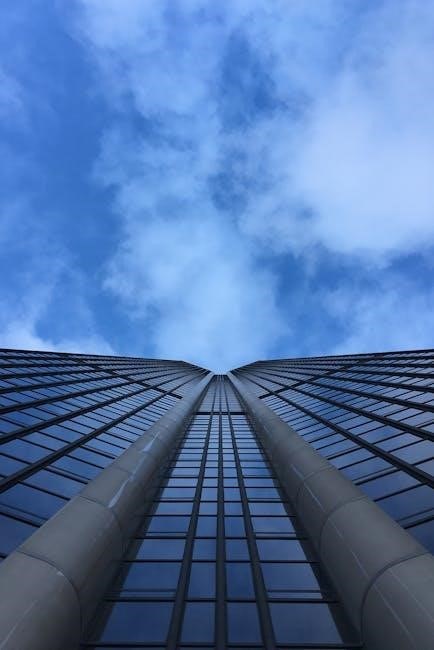
Recent Editions and Future Outlook
The 2024 Tour de France began in Florence, Italy, and concluded in Paris, showcasing thrilling stages and emerging talents. The 2025 edition will start in Lille, France, on July 5, promising another spectacular race.
2024 Tour de France Route and Highlights
The 2024 Tour de France began on June 29 in Florence, Italy, marking its 111th edition. The race spans 3,498 kilometers, crossing France, Italy, San Marino, Monaco, and Belgium. Key highlights include a challenging mix of flat stages, time trials, and grueling mountain climbs. The route features iconic ascents such as the Col de la Loze and Col du Galibier, testing riders’ endurance.
Notable stages include a hilly opener in Italy and a decisive time trial in the French Alps. The race concludes in Paris on July 27, with the Champs-Élysées providing a festive backdrop. Defending champion Tadej Pogačar and Jonas Vingegaard are among the top contenders, while emerging talents like Remco Evenepoel and Carlos Rodriguez aim to make their mark.
The race also showcases the publicity caravan, a vibrant procession that engages fans and adds to the event’s cultural charm. This year’s Tour promises drama, strategic teamwork, and breathtaking scenery, solidifying its legacy as cycling’s premier event.